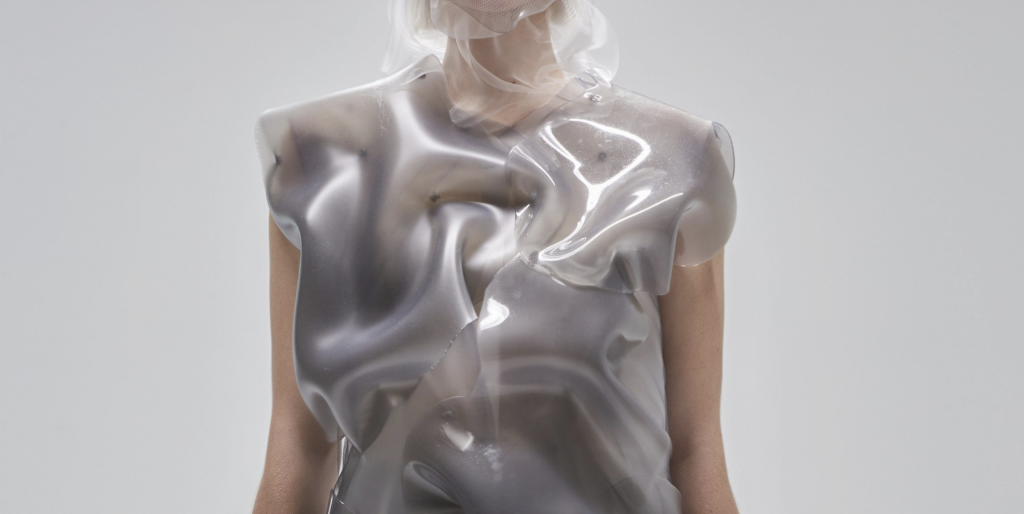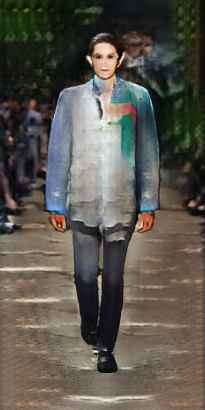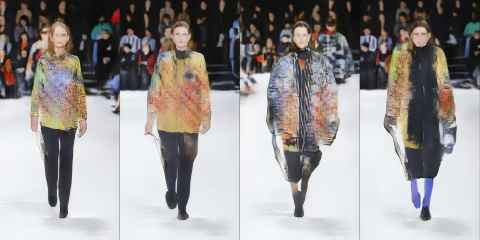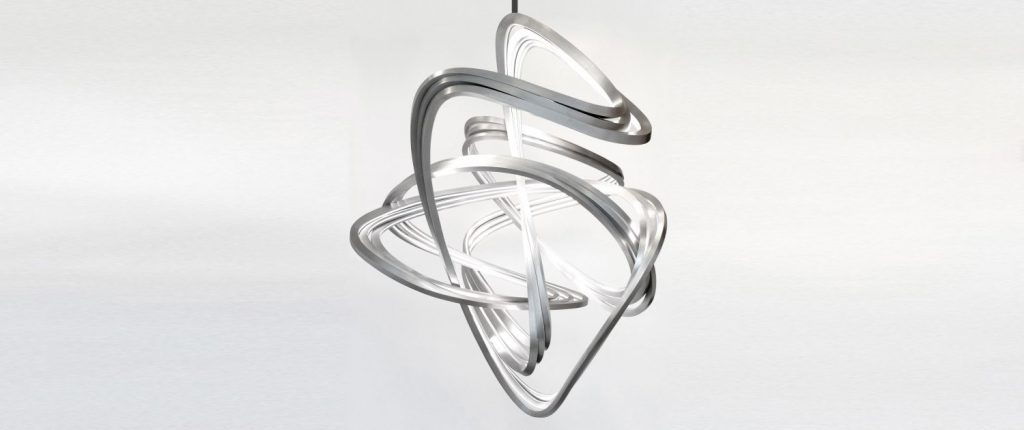Ying Gao, Flowing Water, Standing Time, 2019. Original LO-03 by Isabel Xu.
I found this work fascinating because of my peer Isabel Xu’s description of how the artist Ying Gao blends robotics and fabric to create ever changing clothing. Ying Gao uses color and light sensors to make clothes that respond to the chromatic spectrum using a raspberry PI and small cameras.
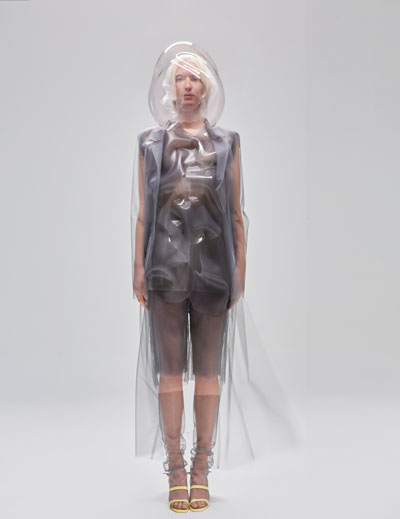
What stood out to me was that Gao described the clothing line to display “perpetual metamorphosis”. Comparing the changing qualities of technology as it is used, for example a running code, clothing is quite static and existent as a sculptural piece that can be worn. By blending the two as Gao has done, you get clothing that is constantly in a state of changing. More humorously, this clothing line reminded me of a solution to our indecisive nature when deciding what to wear for the day as our clothes appear the same throughout the day. This provides a solution for those indecisive moments where the clothing is transforming and responding to its chromatic surroundings.
This clothing line demonstrates how robotics can turn something definite in form to something responsive to the environment. Much of life is constantly changing and so the integration of AI and machine learning allows for previously static objects to evolve like a life form in response to worldly stimuli.
![[OLD FALL 2020] 15-104 • Introduction to Computing for Creative Practice](https://courses.ideate.cmu.edu/15-104/f2020/wp-content/uploads/2021/09/stop-banner.png)


